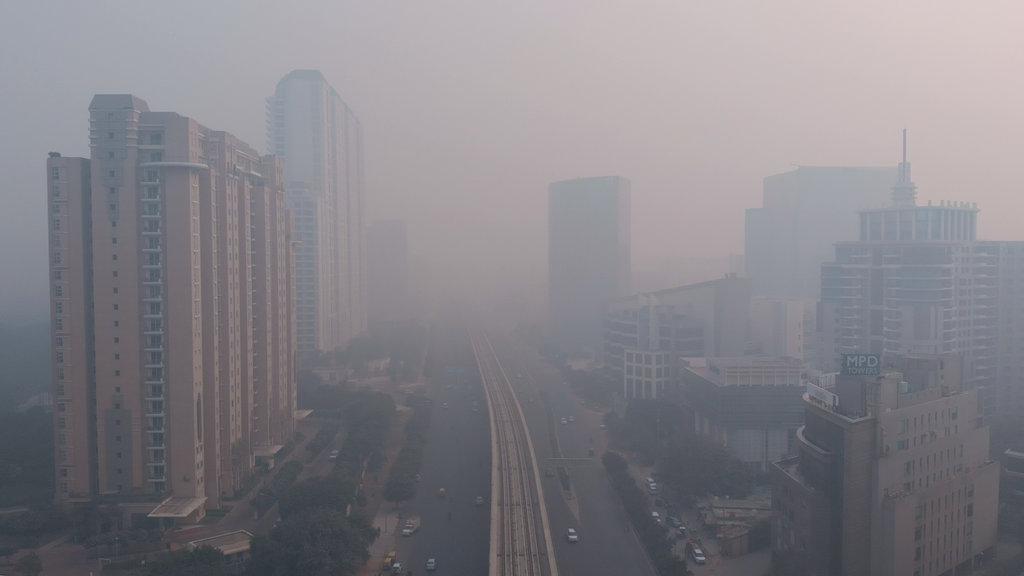Observed concentrations of carbon dioxide (CO2) in the atmosphere have exceeded 416 parts per million (ppm) threshold at the end of 2021. This is a wakeup call about the constantly rising levels of this greenhouse gas, which is released into the atmosphere by fossil fuel burning and other human activities and is the main driver of climate change. Carbon dioxide remains in the atmosphere for thousands of years, trapping heat and causing our planet to warm further, impacting on all aspects of life on earth.
The first chart displays a sharp increase in CO2 concentrations of more than 100 ppm since March 1958. The curve shows expected seasonal fluctuations: the northern hemisphere has a greater land mass than the southern hemisphere and more vegetation-absorbing CO2 during the summer. Global CO2 concentrations peak in May at the end of the northern hemisphere winter. Then, as photosynthesis takes place and new foliage appears, it absorbs CO2, lowering concentrations by about 7.5 ppm until October. During the northern hemisphere winter, the Earth has less photosynthesis activity, so CO2 concentrations go up until the next cycle.
However, owing to anthropogenic CO2 emissions (emissions from human activities), CO2 concentrations are not only increasing, but accelerating.
The second graph shows the difference in CO2 concentrations between one month and the same month one year before (e.g. + 2.88 ppm between April 2020 and April 2019). It shows that while the increase over one year was around 0.9 ppm during the 1960s it rose to 2.4 ppm on average during the 2010-2019 period. There is a clearly accelerating upward trend.
Source: UN Environment Programme

Credit: Raunaq Chopra / Climate Visuals Countdown
